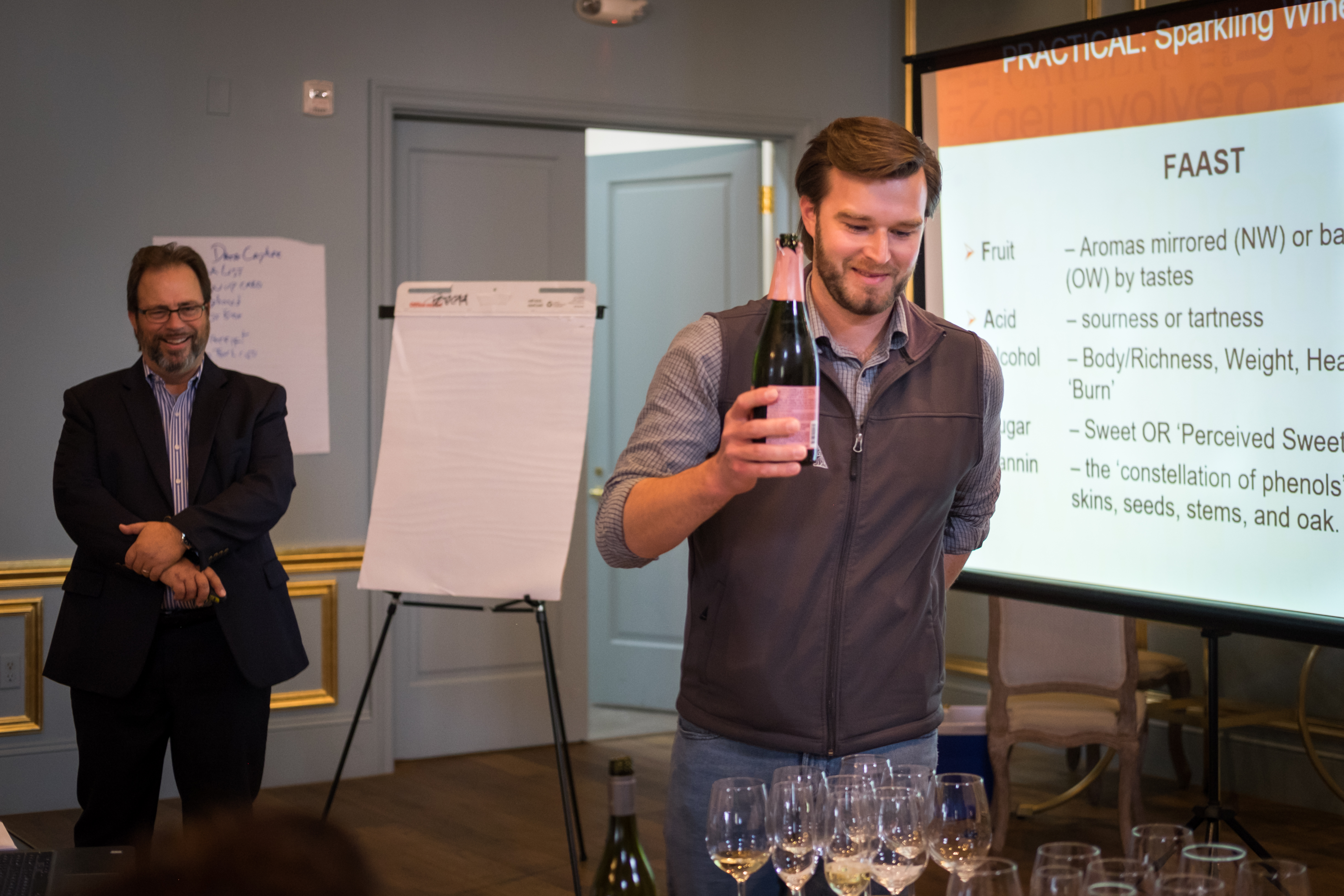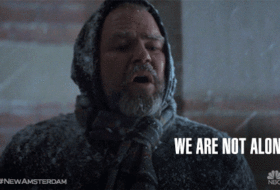We have learned from our seven years of teaching WISE Academy courses that training tasting room staff members pays off in big ways. It changes their behavior and moves the needle on our key metrics in the Tasting Room to increase sales, customer loyalty and profit.
In our Tasting Room Professional course, we teach our attendees about how to build rapport with their guests, and ask the questions that help them serve their customers better by filling their needs. We know from our clients that they have seen dramatic improvements in their key conversion rates – conversion to buyer, conversion to wine club member, and conversion to email list – after their tasting room staff members complete this course. These three conversion metrics make up what we call the WISE Triple Score. By improving these conversion rates, we can dramatically improve our financial outlook.
Sometimes it’s easy to underestimate just how much training pays off, so let’s do some math. Let’s say that we currently have a tasting room with the following statistics:
- Visitors per year are 18,000.
- Conversion of visitors to buyers is 35%, resulting in 6300 buyers, with an average order value of $100.
- Conversion to wine club is 6%, and the average club shipment is $150, 4 times per year.
- Conversion to email list is 15%, and there are 8 email campaigns per year, with an average of $1.50 in sales per email sent.
So what happens after training? Let’s look at the potential improvements we might see from a very conservative standpoint.
Conversion to Buyer
Let’s pretend that with training, we raise our conversion of guests to buyers from 35% to 40%, with the same average order of $100. That would increase the annual number of buyers by 900 to 7200, and result in $90,000 in additional sales. Is that realistic? With an increase of 900 buyers, this amounts to only 17 buyers per week, or 2.5 more buyers per day. If we have an average of 2-3 staff members per day, each one needs to get only one additional purchase per day to exceed our goal.
Conversion to Wine Club
Let’s say that with this same training, we increase our annual conversion to wine club members from 6%, 1080 new members, to 8%, 1440 new members. This would add 360 new wine club members per year. With the 4 annual shipments totaling $600, we have just added $216,000 in sales. Is this doable? If we want 360 new club members, we need just 1 more per day from the whole team. And if each team member added just one more club member per shift, we could double or triple that number. Put that way, it sounds pretty easy, doesn’t it? And this doesn’t include the facts that wine club members bring friends (who sometimes join the club) and they tend to spend more in the tasting room and from email campaigns than non-club members.
Conversion to Email List
Lastly, if we are able to raise our conversion to our email list from 15% to 20%, this will result in 900 new email list members per year. This is very doable if all of the new buyers above sign up for the email list when they make their purchase. If we are getting $1.50 per email sent and do 8 campaigns per year, we have just added $10,800 in revenue.
The big question we need to answer is how much would you spend to get this $316,800 in additional revenue by sending your tasting room staff to class? Would you spend $1000 per staff member – say perhaps $10,000 for 10 people – to net $306,800 in increased sales? How many other investments is your winery making that would produce that kind of return?
And then there are the other rewards from training for the winery – trained staff members are happier because they are more confident in their jobs and their commissions grow. Happy staff members stay with the organization longer and provide a better guest experience, which leads to increased conversions beyond what we have hypothesized above. The untrained staff member may instead disappoint customers who then never return.
So as we look at our budgets for 2016, it should be crystal clear that the cost of NOT training is the one cost we cannot afford.




